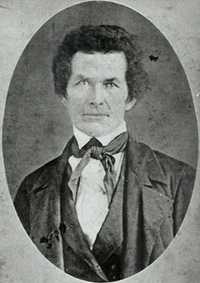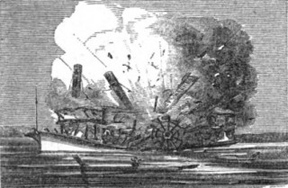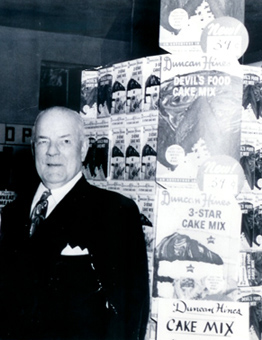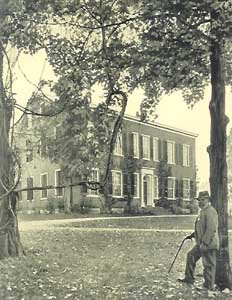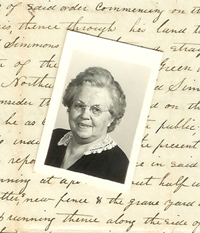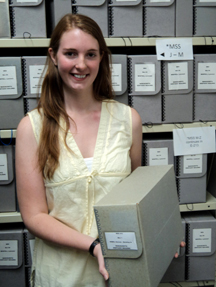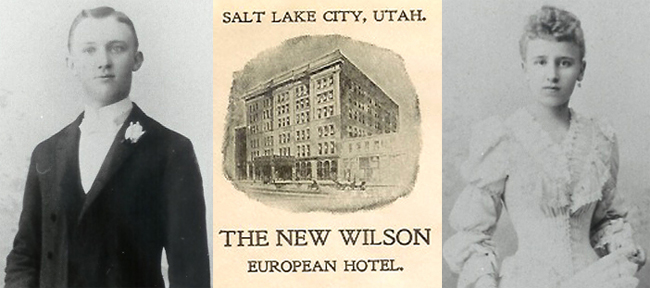In 1850, George Chapman Young (1824-1896) of Barren County, Kentucky, set out in an ox cart with two companions to seek his fortune in the gold fields of California. Ninety years later, George’s son, Cave City farmer Amps P. Young (1876-1946) and his wife made the same journey by car, using George’s travel diary as a guide. From these excerpts, telling apart the experiences of father and son should be easy:
Passed through Ash Hollow, camped near some Indian Wigwams.
Enjoyed the tourist camps very much being very nicely equipped in the West.
Yellowstone National Park a play ground of about 50 miles by 70 miles . . . where people play with the bears and other wild animals . . . .
Pass the Chimney Rock . . . camped by ourselves, a wolf ate our lariet.
Traveled last night but did not get through the desert reached Green river today about noon, no grass, our mules appear about starved.
Had the great pleasure of eating with a couple of very handsome young Indian Squaws.
They have now quite a museum here [Fort Casper] with quite a few old relicks dug from the old fort . . . .
Passed a grave part dug. The man had just died, had the diarear when he left home. The Indians stold 28 horses last night here.
Traveled all day without grass . . . . We pass hundreds of dead horses every day.
Boulder dam is a man made wonder farming the great Mead lake for power and a surplus of water for irrigation . . . .
We went through San Joaquin Valley to San Francisco crossing the new bridge over the bay by Treasure Island. After spending three days at the fair we go over the great Golden Gate Bridge . . . .
Making nothing prospecting.
The travels of George and Amps Young (and an 1817 account of a river trip to Natchez by George’s father Asa Young), are part of the Manuscripts & Folklife Archives collections of WKU’s Special Collections Library. Click here to download a finding aid. For other collections of travel accounts, search TopSCHOLAR and KenCat.

